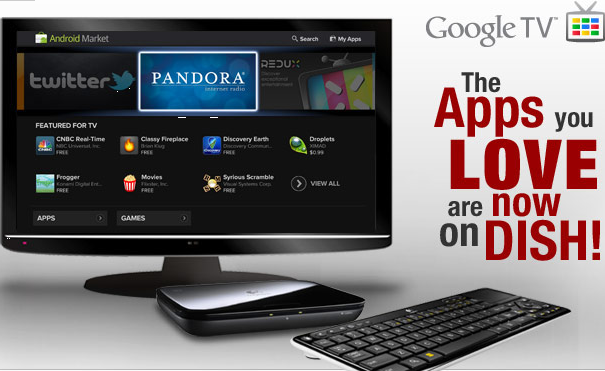
It should come as no surprise that the two heavy weights of the market are the Google Play Store and the Apple App Store. The Play Store saw the greatest number of downloads accounting for approximately 51% of that 13.4 billion number. Apple is close behind. Although Apple still beat the Play Store out for largest portion of revenue generated. By beat out, I mean they pretty much took most of the money. With a report of a staggering 74% of the revenue.
While the Play Store might be in  the lead for number of downloads, even if only marginally, it is the revenue generation that many developer look towards when deciding where to start publishing. While plenty of devs have been targeting both systems, many start out on iOS and then gradually bring their apps or games to Android. With numbers like these, it is easy to see why they would lean towards iOS over Android if they are looking to make a killing in profits. After all, business is all about money.
Press Release Below
11% quarterly growth in downloads for leading app stores
Palo Alto, Shanghai, Singapore and Reading – Monday, 8 April 2013 – Canalys’ App Interrogator research, covering the leading app stores in more than 50 countries, shows healthy growth in the download and purchase of apps on mobile devices in what is now a maturing market. App downloads across the four stores – Apple’s App Store, Google Play, the Windows Phone Store and BlackBerry World – climbed 11% in Q1 2013 worldwide over the Q4 2012 total, while direct revenue from paid-for apps, in-app purchases and subscriptions combined grew by a slightly more modest 9%. Combined, downloads from the stores totaled more than 13.4 billion, and revenue reached $2.2 billion (before revenue sharing is taken into account).
‘Apps have had a huge impact on the way consumers use mobile devices, what they value, and what they expect from smart phones and tablets. They are now central to how consumers engage with content and connected services, and how they personalize their devices around the app-enabled features that are important to them,’ said Adam Daum, Canalys Chief Analyst, Analytics. ‘This is a multi-billion-dollar growth market, with more and more consumers around the world now comfortable and confident in finding apps, downloading them and making in-app purchases, on a growing addressable base of smart phones and tablets.’
Some of the strongest growth was seen in emerging markets, such as South Africa, Brazil and Indonesia, helped not least by the growing base of smart device users in those countries. But robust growth, both in revenue terms and download volumes, was seen in mature mobility markets, such as North America, up 8% and 6% respectively, and Western Europe, up 8% and 10% in Q1. Worldwide, Apple’s App Store accounted for the largest indexed proportion of revenue between the four stores, at around 74%, while the Google Play store saw the greatest number of downloads, accounting for about 51% of the stores’ collective total, with Apple close behind.
‘Apple’s App Store and Google Play remain the heavyweights in the app store world. In comparison, BlackBerry World and the Windows Phone Store remain distant challengers today, though they still should not be ignored,’ said Tim Shepherd, Canalys Senior Analyst. ‘Each of these four stores represents a different market proposition for developers, and remains the primary outlet to reach users on the platforms they serve. BlackBerry and Microsoft particularly need to continue to proactively work to attract fresh, innovative content and services to their respective catalogs, and fill gaps in their inventories. But they also need to increase device sales around BlackBerry 10 and Windows Phone 8 to increase the addressable market opportunities on offer to developers.’
‘The strength of app ecosystems will increasingly help to determine winners and losers in the smart device industry. BlackBerry 10 now has more than 100,000 apps available through its storefront, showing good growth from the 70,000 it boasted at launch, and the new devices on the platform have given BlackBerry a much greater chance to compete for consumer attention. Its app story is going from strength to strength, but there is no room for complacency. Microsoft, with the help of partners such as Nokia, is also making good progress attracting some important titles to the Windows Phone platform, but it too needs to do more to make building apps for its platform a priority for developers and also do a better job of marketing and communicating the already established strength of its app story,’ said Shepherd.
‘The Apple-Google duopoly creates certain challenges for app publishers, carriers, investors and device vendors, so there is intense interest in the possible emergence of a third ecosystem,’ added Daum.









